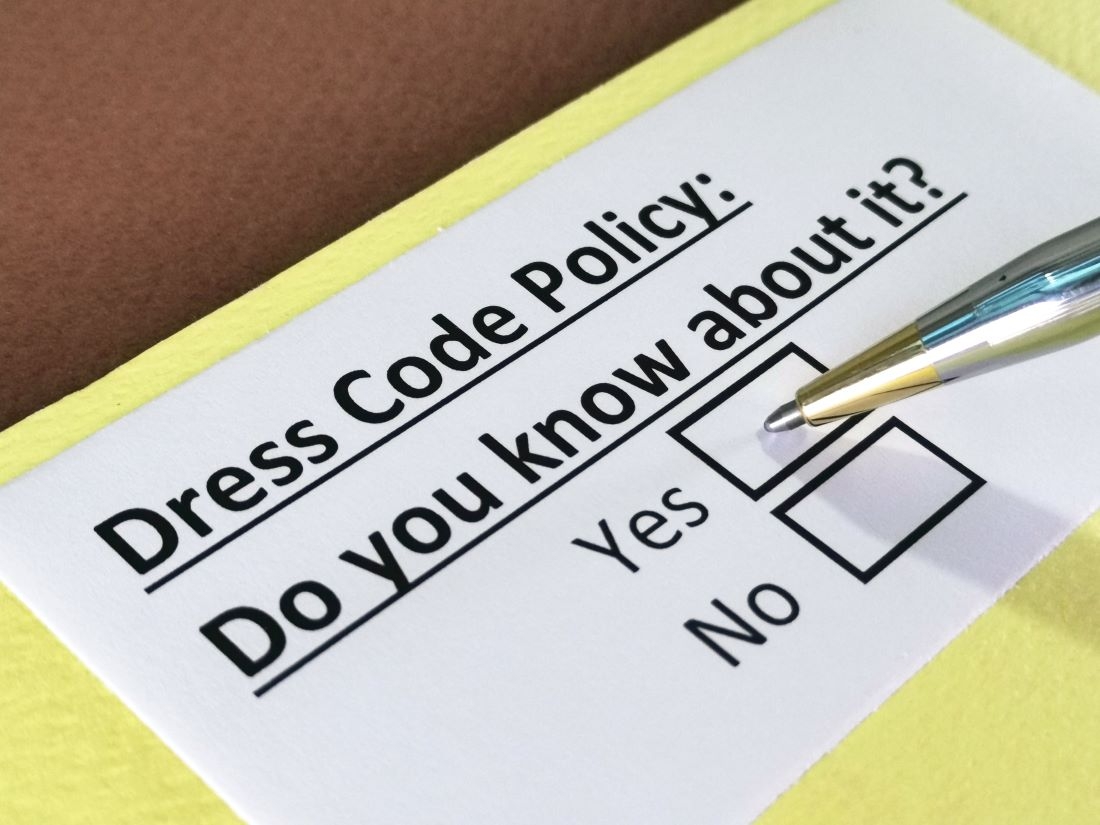The Need for a Modern Dress Code in Changing Times

Workplace Culture | Staying Relevant in Changing Times
In today's evolving hybrid workplace, it's crucial for employers to reexamine and update company policies to stay current with cultural and business norms. Your company dress code may be one of the policies that needs a fresh look to adapt to the influx of younger employees and increase in remote work.
Company Dress Codes: Still Relevant
While some argue that dress codes are antiquated, they remain essential for organizations. Your company's dress code communicates its culture and expectations to employees who serve as the face of your brand. In certain industries, like healthcare or manufacturing, dress codes are necessary for safety and compliance. Even in remote or non-client-facing roles, employees should consider their attire for virtual or in-person meetings.
Time for Change?
Your employees are vital to your organization's success, so their input matters, especially when dress code policies directly affect them. If you adhere to an old-school dress code, it's time to reassess its relevance to your business and your employees' expectations. If safety, legal, or client-facing reasons don't require a strict dress code, consider relaxing it.
Your dress code should mirror your company's culture and values. Many companies have maintained the same dress code for years, often calling for formal attire and restrictive rules about tattoos, piercings, and hair colors. However, cultural standards have shifted, particularly with Millennials and Gen Z entering the workforce. Your dress code should align with your company's values and help attract the right talent.
If you're contemplating updating your company's dress code, consider these factors.
Competitor Analysis
Investigate what other businesses in your industry say about company attire. Employees might prefer competitors with more flexible policies, which may hinder staff retention.
Safety Considerations
Remember that specific industries mandate dress codes for safety, such as steel-toed boots and hard hats in the construction industry. Assess clothing, jewelry, and hair options for safety.
Client Messaging
Evaluate the message you want to convey to your clientele. Consider practicality against employee comfort for non-client-facing roles.
Company Culture
A company's dress code reflects its culture and values. A more relaxed dress code can foster a fun environment, enabling employees to express themselves.
Realistic Standards
While flexibility is valuable, some standards such as maintaining good hygiene, are necessary. Ensure your policy is rational and non-offensive. For example, allow visible tattoos but request coverage of offensive content.
Clear Communication
After revising your dress code, communicate it transparently. Include it in your employee handbook, have employees acknowledge it, and discuss the changes with teams. Address concerns and be clear about noncompliance consequences.
A modern dress code reflects a company's adaptability and understanding of shifting workplace norms. Updating your dress code policy is not merely a matter of attire but an essential step in staying relevant and attracting and retaining top talent.
SOURCE: United Benefit Advisors (UBA)

 Prev
Prev

